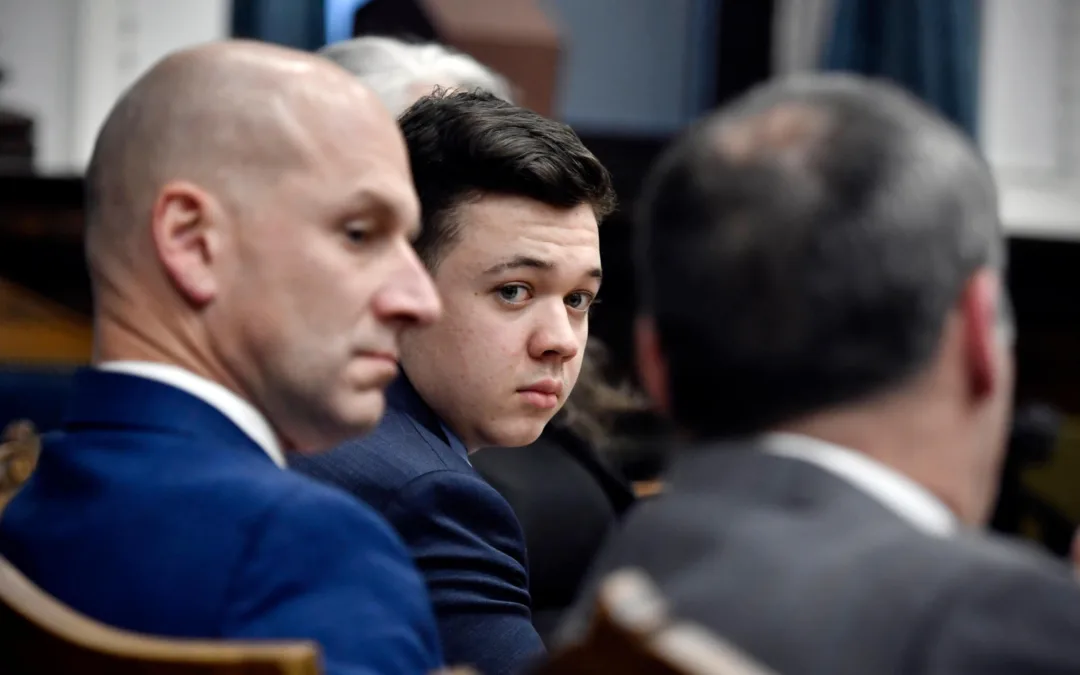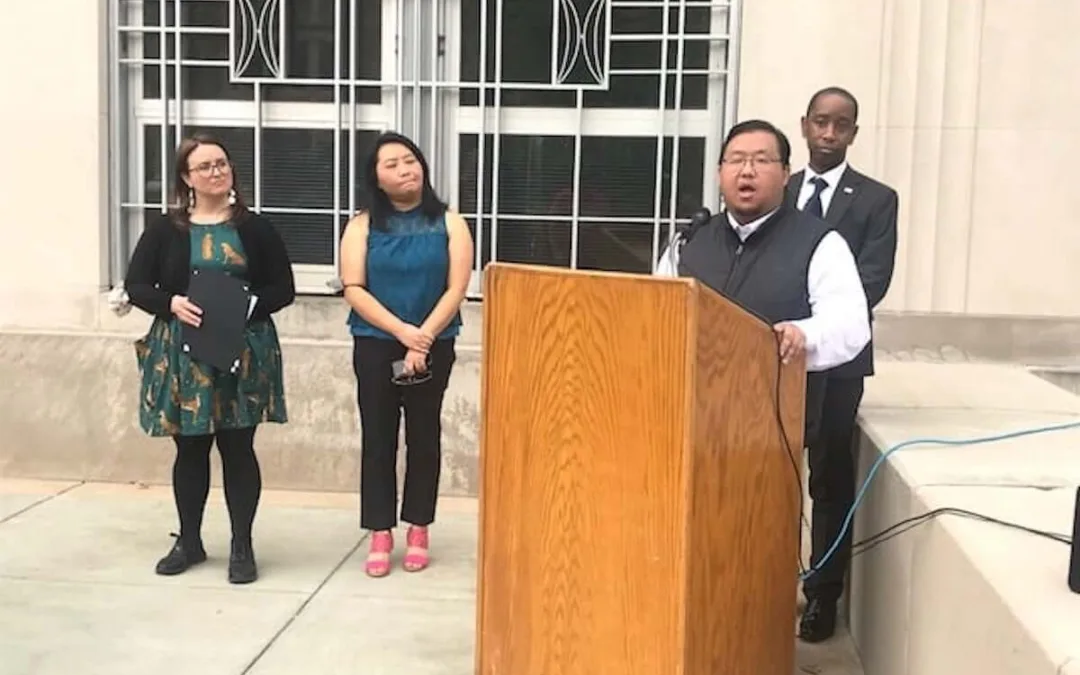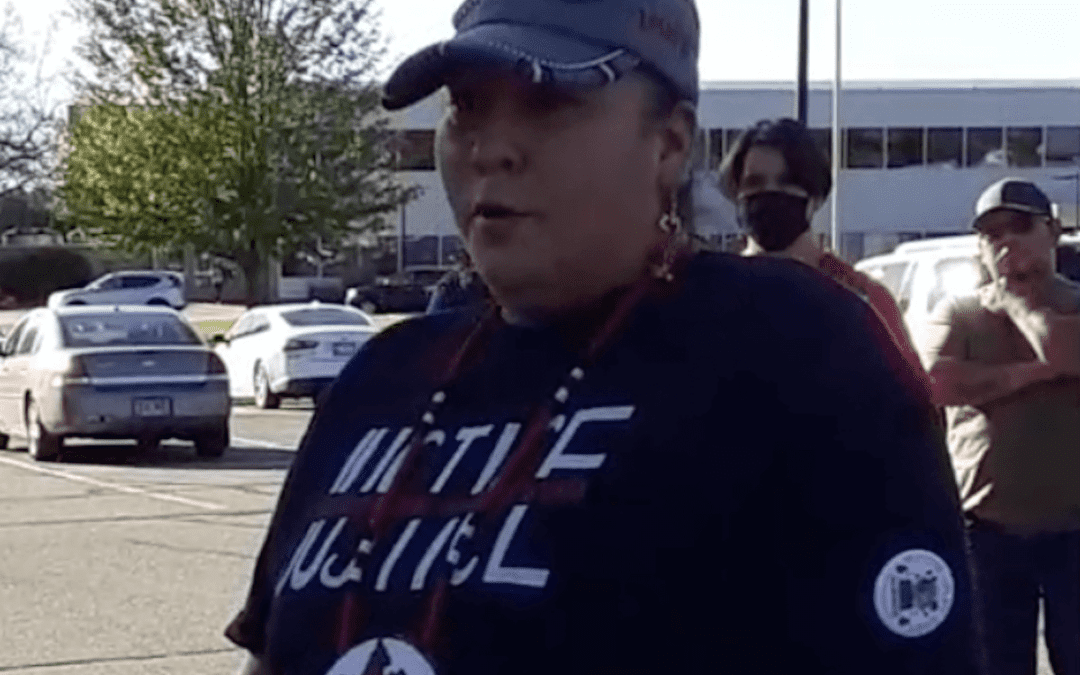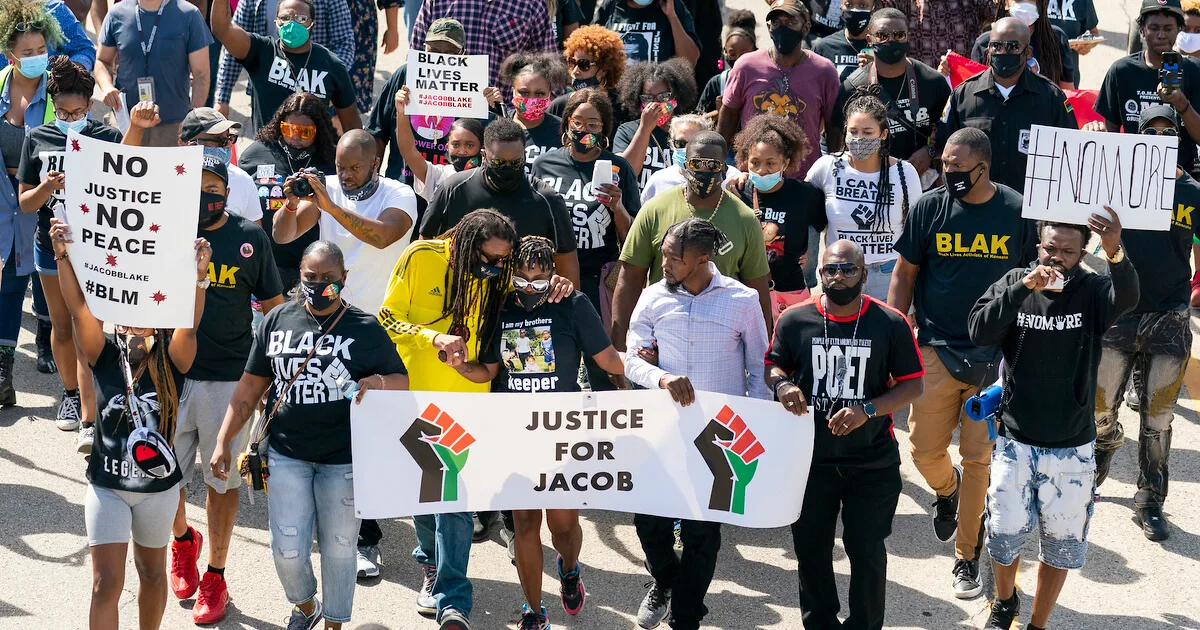
#image_title
#image_title
Jacob Blake shooting shows why you can’t brush police brutality and systemic racism off as someone else’s problem.
There’s a lot of comfort in writing something off as someone else’s problem, someone else’s job. It’s an excuse that fits like a glove for many questionable-at-best behaviors.
Maybe you leave your cart in the middle of the parking spot after grocery shopping, rather than returning it to the cart corral. Sure, it might inconvenience some minimum wage employees and even other customers, but there’s no impact on you.
Or maybe you’re a politician or police chief who can consistently ignore racism in law enforcement by claiming police brutality and racial biases are another city’s problems. Police didn’t murder George Floyd in Wisconsin, after all.
Floyd’s murder set off protests not only nationwide but around the world, yet some people were all too content to absolve themselves of the topic; for instance, former Milwaukee Police Chief Alfonso Morales, who oversaw the state’s largest police force until he was demoted in August, actually uttered the words “another city, another state” as he tried to brush off protests in his own city.
However, there came a time when such Wisconsinites could no longer ignore the issue. In late August, when a white Kenosha police officer brutally shot Jacob Blake, a Black man, seven times in the back at point-blank range, suddenly the nation’s eyes moved to this midsize Rust Belt town nestled between Milwaukee and Chicago.
Blake’s shooting was yet another reminder to the people of Wisconsin that every town is one split-second police decision away from having its own George Floyd, whether the victim be Jacob Blake, Ty’Rese West, Dontre Hamilton, Alvin Cole, or Jonathon Tubby.

The days that followed the Blake shooting weren’t pretty as Kenosha’s Black community grappled with the trauma of yet another occurrence that underscored the longstanding racial disparities in the city.
Local and out-of-city protesters poured in, as did armed counter-protesters. Police met demonstrations over the shooting with riot gear, tear gas, rubber bullets, and pepper spray, despite protesters’ demands nationwide to demilitarize police and force them to de-escalate tensions rather than unload munitions into overwhelmingly peaceful crowds.
A right-wing armed militia member from Illinois shot and killed two protesters and wounded another. Some businesses and buildings in Kenosha’s predominantly Black Uptown neighborhood burned during riots, while others suffered damage in the city’s downtown.
Justice still hasn’t been served. Rusten Sheskey, the officer who shot Blake, remains free and has not currently been charged. Blake is paralyzed from the waist down. Dozens of buildings throughout Kenosha remain boarded up, seemingly in recognition of the still-fragile dynamics of the situation.
Yet the community has been resilient, and there was a surge in activism. Multiple social justice groups formed in Kenosha after the Blake shooting—Black Lives Activists of Kenosha (BLAK), Leaders of Kenosha, and United As One. Porche Bennett-Bey, a founder of BLAK and United As One, received national recognition this month when she landed on the cover of TIME Magazine in recognition of her activism work in Kenosha.
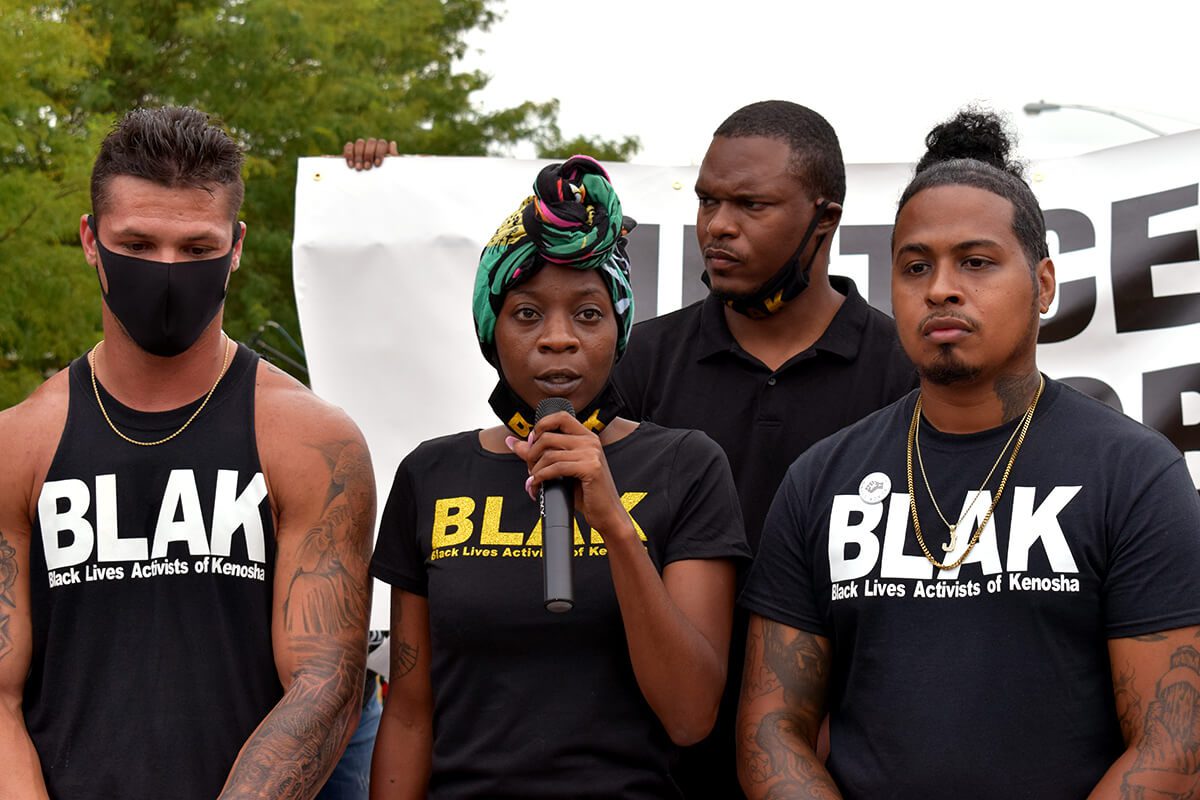
Marches continue to this day. The Peoples Revolution, a Milwaukee-based protest group that has now marched for more than 200 consecutive days after Floyd’s murder, has also turned its attention to Kenosha and continues to be involved in demonstrations.
In Wisconsin, we have a special need to pay attention to ongoing systemic racial issues. By numerous metrics, we are one of the worst states for Black residents—from mass incarceration to infant mortality rates to the education gap.
So as you count your blessings this holiday season and look to 2021, never forget there are still people out in our streets trying to end centuries of injustice—people who are sick and tired of being sick and tired.
As we move forward, it’s all of our jobs to make sure officials don’t sideline solutions to these issues like a New Year’s resolution.
Politics

Biden makes 4 million more workers eligible for overtime pay
The Biden administration announced a new rule Tuesday to expand overtime pay for around 4 million lower-paid salaried employees nationwide. The...

Biden administration bans noncompete clauses for workers
The Federal Trade Commission (FTC) voted on Tuesday to ban noncompete agreements—those pesky clauses that employers often force their workers to...
Local News

Readers Poll: Top Bowling Alleys in Wisconsin
Looking for the best bowling in Wisconsin? Look no further! Our readers have spoken in our recent poll, and we have the inside scoop on the top...
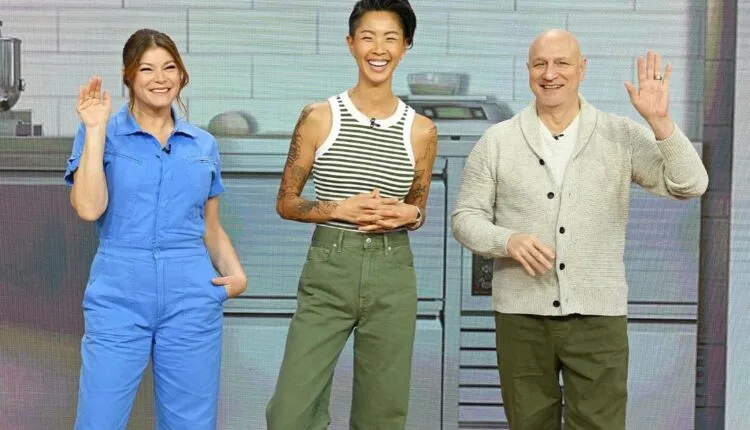
8 Wisconsin restaurants Top Chef judges are raving about
Top Chef’s 21st season is all about Wisconsin, and on-screen, it’s already apparent that the judges feel right at home here. But, while filming in...


